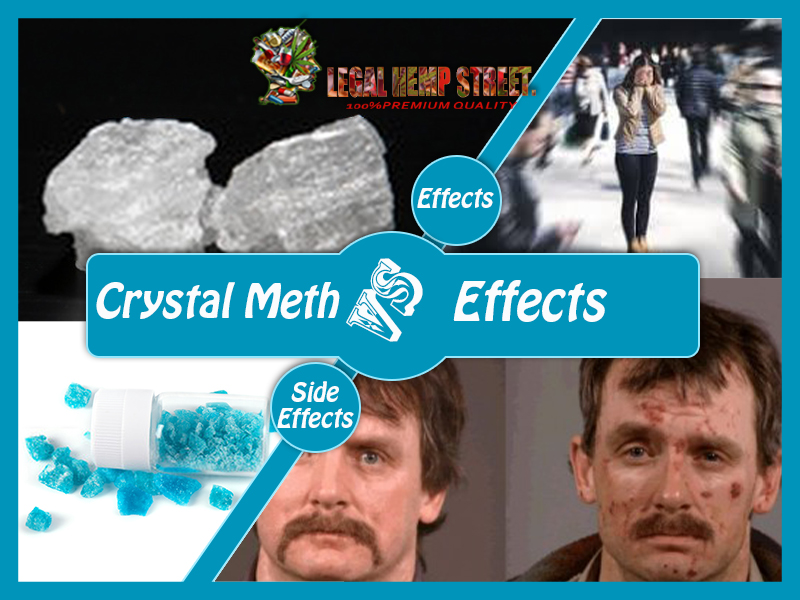No products in the cart.
K2-drugs
Crystal Meth
Crystal Meth Identified informally as meth, ice, or glass, it resembles shiny stones or pieces of glass of varying sizes. It’s known more formally as crystal methamphetamine. The drug is an odorless, colorless sort of d-methamphetamine, an artificial psychostimulant. It’s made in illegal labs within us (U.S.) and abroad, often by combining ingredients derived from over-the-counter (OTC) drugs with toxic substances. The Drug Policy Alliance maintains that 11 million Americans, on a minimum of one occasion, have tried methamphetamine.
Crystal Meth effects
Short- term side effects
- Loss of appetite
- Increased pulse, vital sign, blood heat
- Dilation of pupils
- Disturbed sleep patterns
- Nausea
- Bizarre, erratic, sometimes violent behavior
- Hallucinations, hyperexcitability, irritability
- Panic and psychosis
- Convulsions, seizures, and death from high doses
Long- term side effects

- Persistent harm to blood veins of heart and brain, high vital signs resulting in heart attacks, strokes, and death
- Liver, kidney, and lung damage
- Destruction of tissues within the nose if sniffed
- Respiratory (breathing) problems if smoked
- Infectious diseases and abscesses if injected
- Malnutrition, weight loss
- Severe cavity
- Disorientation, apathy, confusion exhaustion
- Strong psychological dependence
- Psychosis
- Depression
- Damage to the brain almost like Alzheimer’s disease,3 strokes, and epilepsy
Crystal Meth Addiction and Withdrawal
Crystal meth engenders sensations of euphoria for up to 12 hours, and users desire its powerful effect again and again. However, after several uses, an equivalent dose doesn’t have an equivalent effect because it first did. An individual can become addicted after using crystal meth only a couple of times.
A tolerance develops, and users need more of the drug to realize an equivalent effect. In time, the necessity for the high becomes more important than other factors within the user’s life, while the utilization of the drug increasingly achieves only an opportunity from withdrawal symptoms.
If an individual tries to interrupt the habit, they’re going to experience withdrawal symptoms. Although the person’s physical system is going to be freed from the drug after 2 to three days of stopping use, psychological symptoms will continue. This is often because crystal meth, like other addictive drugs, changes the user’s brain chemistry.
These include:
- agitation and anxiety
- severe depression
- fatigue and insomnia
- psychosis
The person is probably going to experience emotional turmoil and powerful cravings a few times. Symptoms can last for days or weeks, counting on how long the addiction has lasted.

